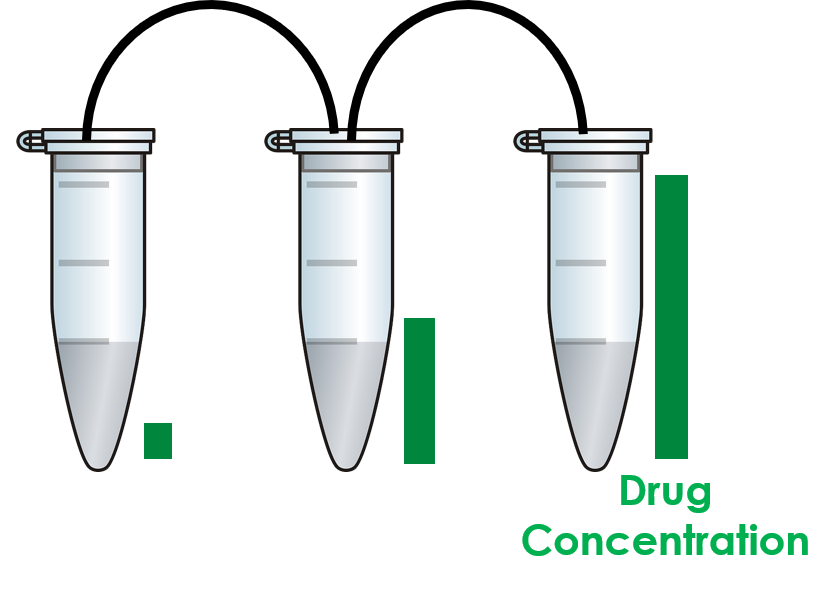Research
My PhD has been focused on quantitatively understanding how antibiotic resistance emerges and evolves in complex microbial environments. Despite the great societal importance of combating antibiotic resistance, our understanding is incomplete in many important ways. My work specifically has focused on understanding how heterogeneity in various forms impacts the evolutionary dynamics of antibiotic resistance using a combination of mathematical modeling inspired from statistical physics and high performance computing. In addition to developing new theoretical models, I have also collaborated with experimental biophysicists to design experiments to test several of the model predictions and used Bayesian methods to analyze the resulting data.
